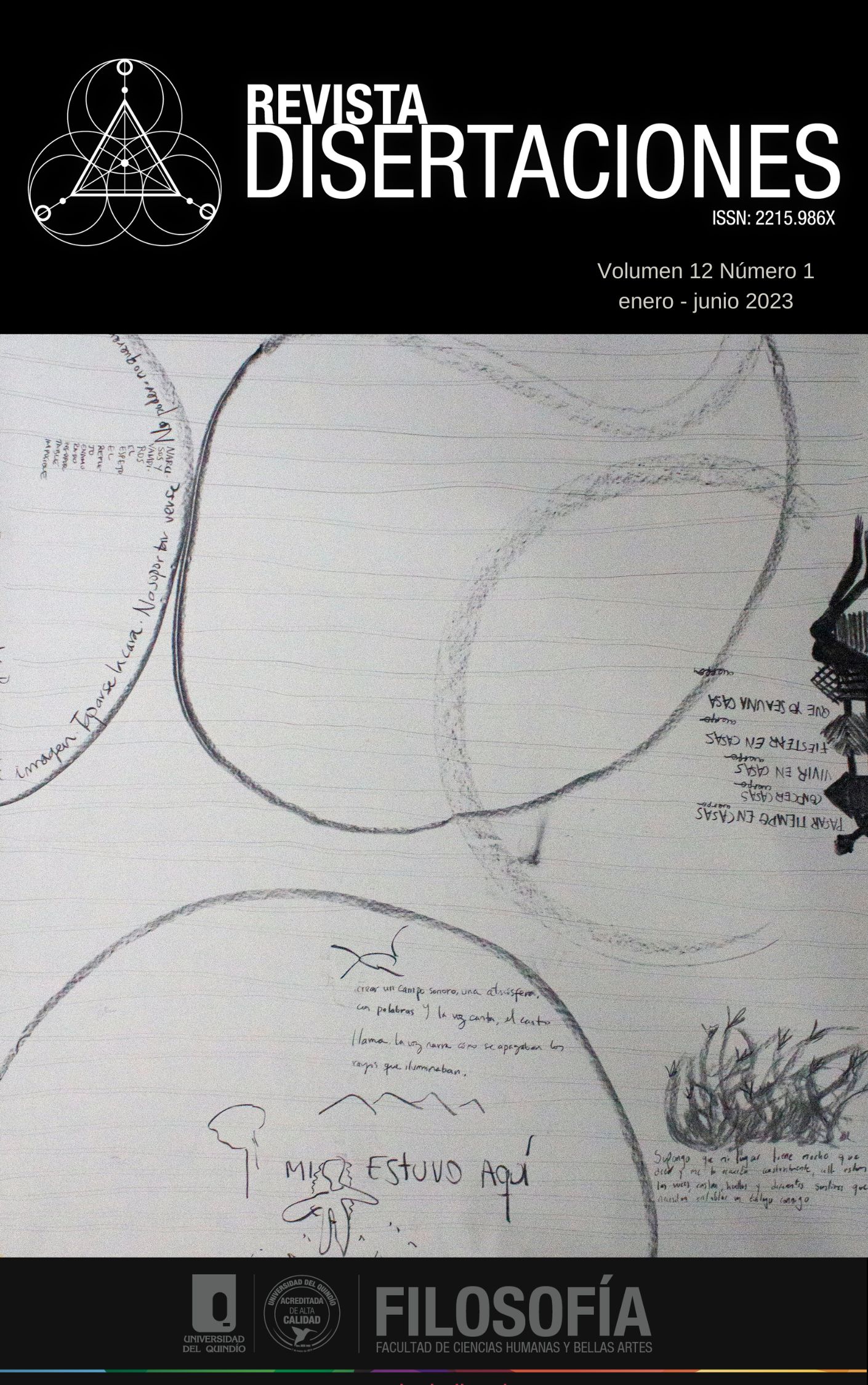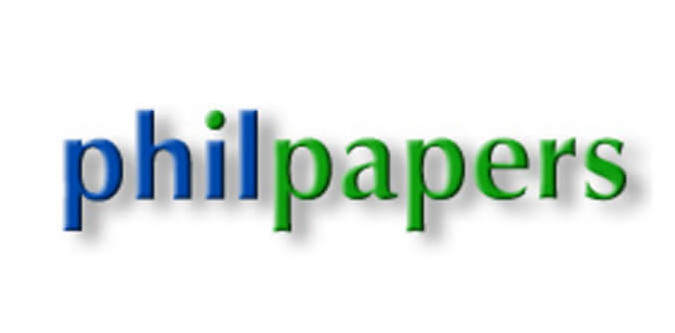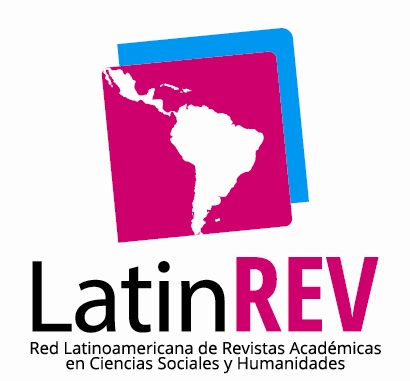Validación de observaciones y de simulaciones astrofísicas: un enfoque epistemológico.
Un enfoque epistemológico
DOI:
https://doi.org/10.33975/disuq.vol12n1.1138Keywords:
Astrophysics, Evidence, Observation, Simulation, ValidationAbstract
The classical concept of observation in contemporary astrophysics has undergone considerable changes, mainly due to certain observations carried out with computational simulations. Taking into account how this notion has evolved in the last decades, different philosophical reflections about observability will be analyzed. Here, topics such as the theoretical-observational dichotomy, the realism-antirealism debate and those current treatments closely related to scientific practices, alluding to the distinction between observable and unobservable entities, will be considered. In this article, and through a case study, the role of external validation will be analyzed in this field. Different mechanisms of data production and their eventual reduction in astroinformatics will be studied, considering data acquired both through traditional or observational ways or through simulation models. In relation to this point, the proposal offered by Reiss (2019) will be developed, examining the arguments for and against the external validation.Thus, current validation strategies in different data models will be identified, establishing the appropriate links for a quantitative and qualitative assessment of observations and simulations. From the interplay between observations and simulations, the status and configuration of the available evidence and its dependence on the design of current observations will be shown. It will be concluded that the interaction between observation and simulation models not only contributes to the development of heuristic guides, but also allows profitable feedback in the external validation processes of both models.
References
Bozzoli, Maximiliano y Paz, Dante. “La autonomía de los modelos en astronomía”. Representación en Ciencia y Arte 3 (2011): 63-71.
Bozzoli, Maximiliano y Paz, Dante. “Evidencia y observabilidad en las prácticas astronómicas”. Representación en Ciencia y Arte 5 (2016): 355-366.
Bozzoli, Maximiliano y Stasyszyn, Federico. “Cambios de representaciones visuales en cosmología observacional”. Filosofía e Historia de la Ciencia en el Cono Sur. Selección de trabajos del XI Encuentro. São Carlos–Buenos Aires: AFHIC, 2020. 123-139.
Bozzoli, Maximiliano. “Observaciones y clasificaciones en astronomía”. Epistemología e Historia de la Astronomía I (2022): 9-38.
Bradt, Hale. Astronomy Methods: A Physical Approach to Astronomical Observations. Cambridge: Cambridge University Press, 2004.
Bridgman, Percy. The Logic of Modern Physics. New York: Macmillan, 1927.
Chang, H. Inventing Temperature: Measurement and Scientific Progress. Oxford: Oxford University Press, 2004.
Chang, Hasock. “A Case for Old‐Fashioned Observability, and a Reconstructed Constructive Empiricism”. Philosophy of Science 72 (2005): 876-887.
Falcke, Heino, Melia, Fulvo y Agol, Eric. “Viewing the Shadow of the Black Hole at the Galactic Center”. The Astrophysical Journal 528 (2000): L13-L16.
Guala, Francesco. “Experimental localism and external validity”. Philosophy of Science 70, (2003): 1195-1205.
Guala, Francesco. The methodology of experimental economics. Cambridge: Cambridge University Press, 2005.
Guala, Francesco. “Extrapolation, analogy, and comparative process tracing”. Philosophy of Science 77 (2010): 1070-1082.
Hudson, Robert. Seeing Things: The Philosophy of Reliable Observation. Oxford: Oxford University Press, 2014.
Humphreys, Paul. Extending Ourselves: Computational Science, Empiricism, and Scientific Method. Oxford: Oxford University Press, 2004.
Humphreys, Paul. “What are Data About”. Computer Simulations and the Changing Face of Experimentation. E. Arnold and J. Durán (eds). Cambridge: Cambridge Scholars Publishing, 2013. 12-28.
Kosso, Peter. Observability and Observation in Physical Science (Synthese Library). Boston: Kluwer Academic Publishers, 1989.
Kosso, Peter. “Detecting Extrasolar Planets”. Studies in History and Philosophy of Science 37 (2006): 224-236.
Kosso, Peter. “Evidence of dark matter, and the interpretive role of general relativity”. Studies in History and Philosophy of Modern Physics 44 (2013): 143-147.
Longair, Malcolm. The Cosmic Century: A History of Astrophysics and Cosmology. New York: Cambridge University Press, 2006.
Maxwell, Grover. “El Estatus Ontológico de las Entidades Teóricas”. Filosofía de la Ciencia: Teoría y Observación. L. Olivé y A. R. Pérez Ransanz (trad. y eds.). México: Siglo XXI Editores – UNAM, 1989.
Misner, Charles, Thorne Kip y Wheeler, John Archibal. Gravitation. San Francisco: W. H. Freeman and Company, 1973.
Reiss, Julian. Causation, evidence, and inference. New York: Routledge, 2015.
Reiss, Julian. “Against external validity”. Synthese196 (2019): 3103-3121.
Shapere, Dudley. “El Concepto de Observación en Ciencia y en Filosofía”. Filosofía de la Ciencia: Teoría y Observación. L. Olivé y A. R. Pérez Ransanz (trad. y eds.). México: Siglo XXI Editores – UNAM, 1989.
The EHT Collaboration et al. “The Shadow of the Supermassive Black Hole”. The Astrophysical Journal Letters 875 (2019): 1-17.
The EHT Collaboration et al. “Array and Instrumentation”. The Astrophysical Journal Letters 875 (2019): 1-28.
The EHT Collaboration et al. “Data Processing and Calibration”. The Astrophysical Journal Letters 875 (2019): 1-32.
The EHT Collaboration et al. “Imaging the Central Supermassive Black Hole”. The Astrophysical Journal Letters 875 (2019): 1-52.
The EHT Collaboration et al. “Physical Origin of the Asymmetric Ring”. The Astrophysical Journal Letters 875 (2019): 1-31.
The EHT Collaboration et al. “The Shadow and Mass of the Central Black Hole”. The Astrophysical Journal Letters 875 (2019): 1-44.
van Fraassen, Bas. The Scientific Image. Oxford: Oxford University Press, 1980.

Downloads
Published
How to Cite
Issue
Section
License
Copyright (c) 2023 Revista Disertaciones

This work is licensed under a Creative Commons Attribution-NonCommercial-NoDerivatives 4.0 International License.














